In this video, I will explain pixel peeping and give you three ways it may be holding you back from doing better photography. Watch and see if you’re guilty of these pixel peeping sins.
What is Pixel Peeping?
Pixel peeping is when you view your images at 100% or greater magnification.
So that means zooming in on the image on your camera’s LCD screen or in your favorite image processing software. That may look like 100% view (or greater like 200%), or 1:1 depending on the program used.
Is it holding you back?
So without further ado, have a watch of the short video and then let’s discuss it in the comment area below.
Recap of key points
Just to recap a few of the points made in the video.
- Always keep the final destination for your image in mind and use an appropriate viewing distance. If it’s for social media or online, there’s no need to view it at 100% and be hypercritical. If it’s going to become a large print to hang on your wall, the same applies. You will not be standing 6 inches from your 24×30″ canvas print so don’t do it on the computer either.
- Remember to look at the bigger picture too. It’s okay to zoom in to do editing and get it perfect, but remember to take a higher level view of your image as well. Does it have the mood and storytelling you want? For me, those things trump pixel perfection every time.
- Don’t let pixel peeping stop you from experimenting and trying things. Try crazy high ISO settings and other things that looking at your images at the pixel level may prevent you from trying. You may be surprised to find other methods of doing things that work even better.
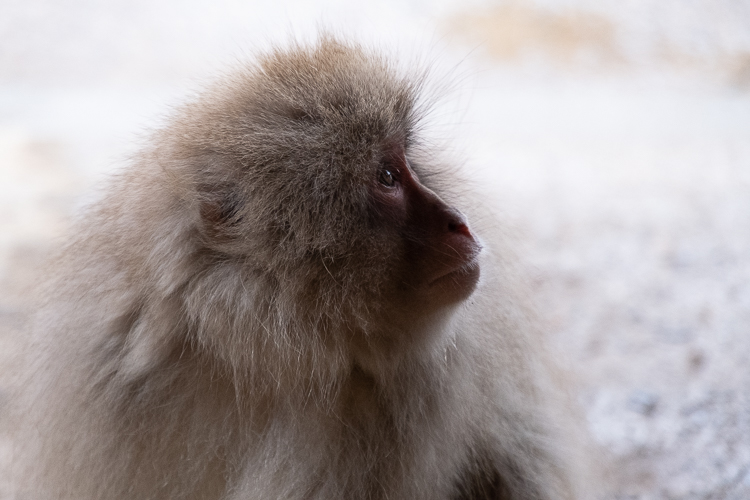
When I took the image of the snow monkey above I had my camera set for shooting in a brighter area and faster moving monkeys. So I had it set for 1/500th and in this dark area, the Auto ISO kicked in and set it to 6400.
Ideally, if I had more time I would have lowered the shutter speed to 1/125th maximum as she was sitting fairly still. But I didn’t know if she was going to run off at any second so I just took the shot.
With a little noise reduction and editing, this is the final image. As this was a bucket list item for me, I’m pretty happy with this monkey portrait. I didn’t think twice about it being noisy and not good enough. It is for me!
![]()
Links to other articles mentioned
In the video I mentioned a few other articles, here are the links to those:
Other image examples
Here are a few other image examples of shots I would never have taken if I had been pixel peeping.
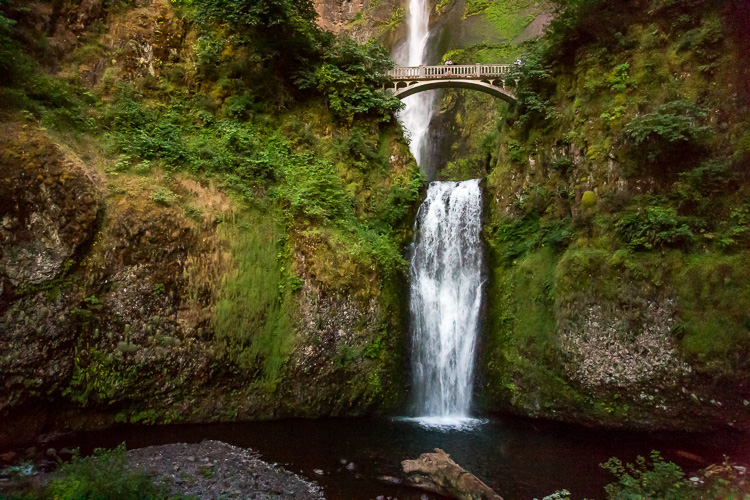
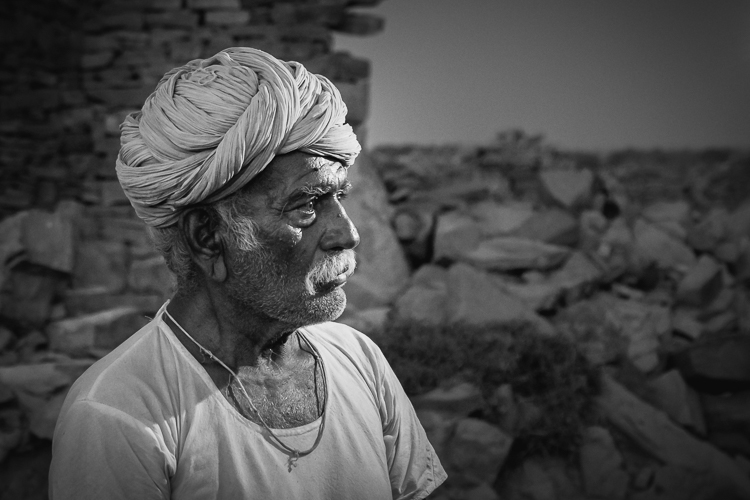
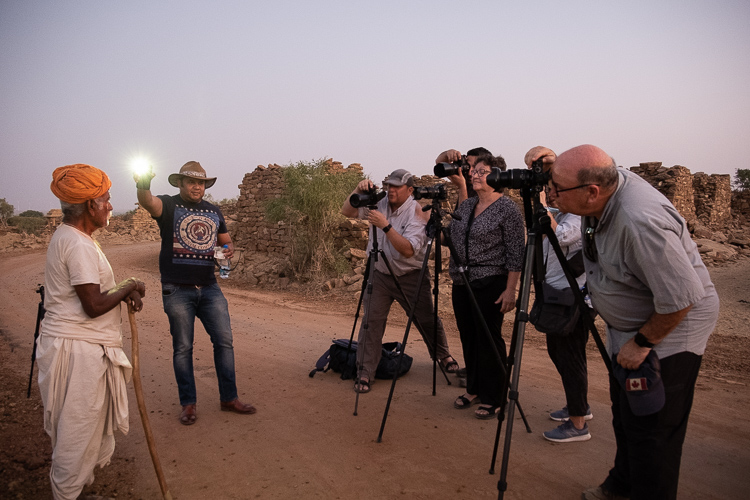
NOTE: This is how we roll on our photo tours! The image above is of our group in India. We promise adventure and no shortage of interesting photography subjects like this!
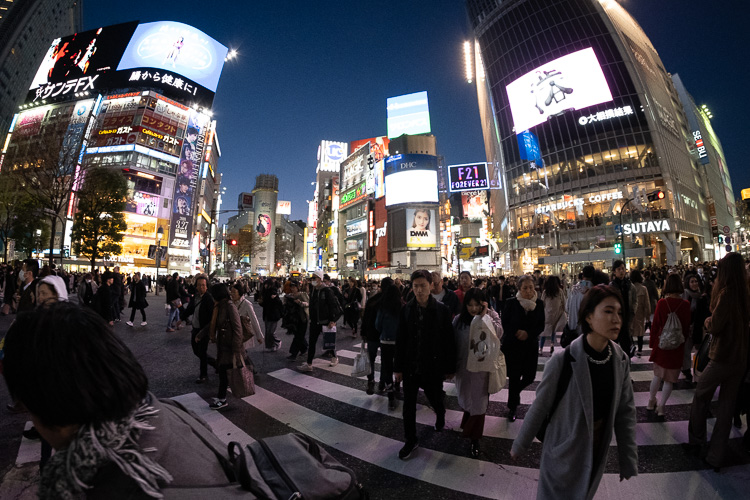
In order to get the shot above of the famous Shibuya Crossing in Tokyo, Japan I had to shoot wide open, handheld. To freeze the people walking I needed at least 1/1o0th so the situation called for a high ISO again.
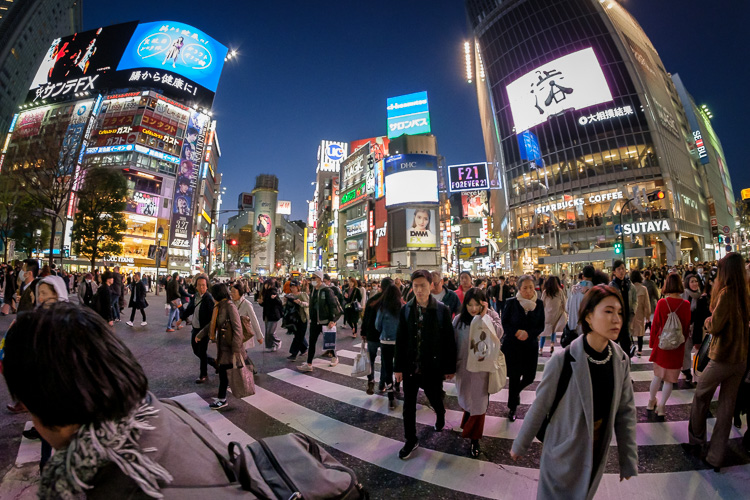
As promised, here is a short video with a few clips of the Shibuya crossing to get a better idea of the insanity of it all.
Let’s discuss pixel peeping
Okay, now it’s your turn. Tell us in the comments below if you’re guilty of pixel peeping from time to time. If so, has it limited or held you back in some way? Please share so others can learn and you can overcome your habit!
Cheers,